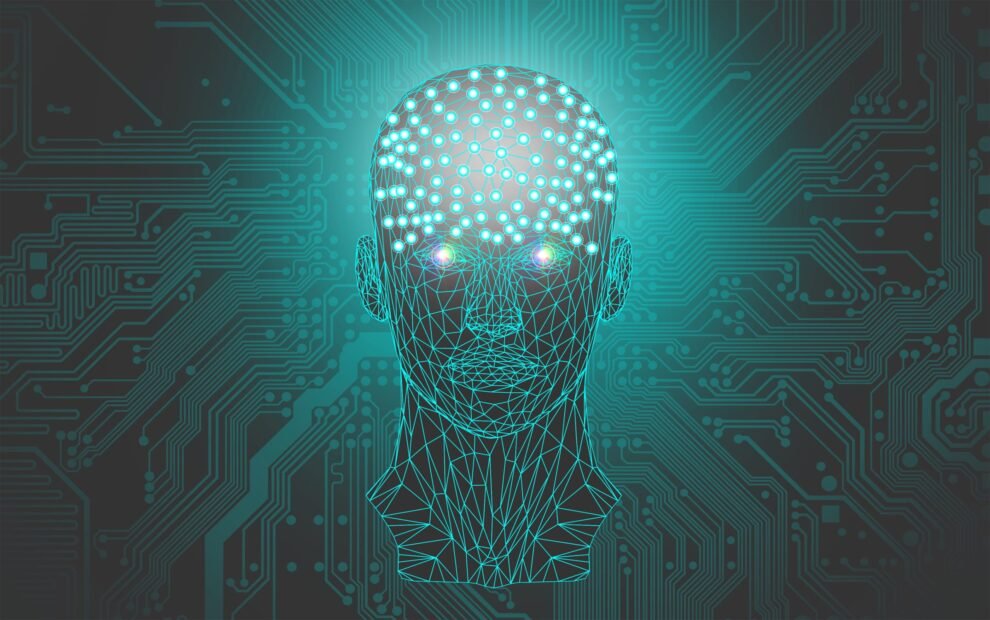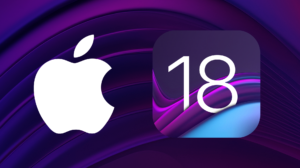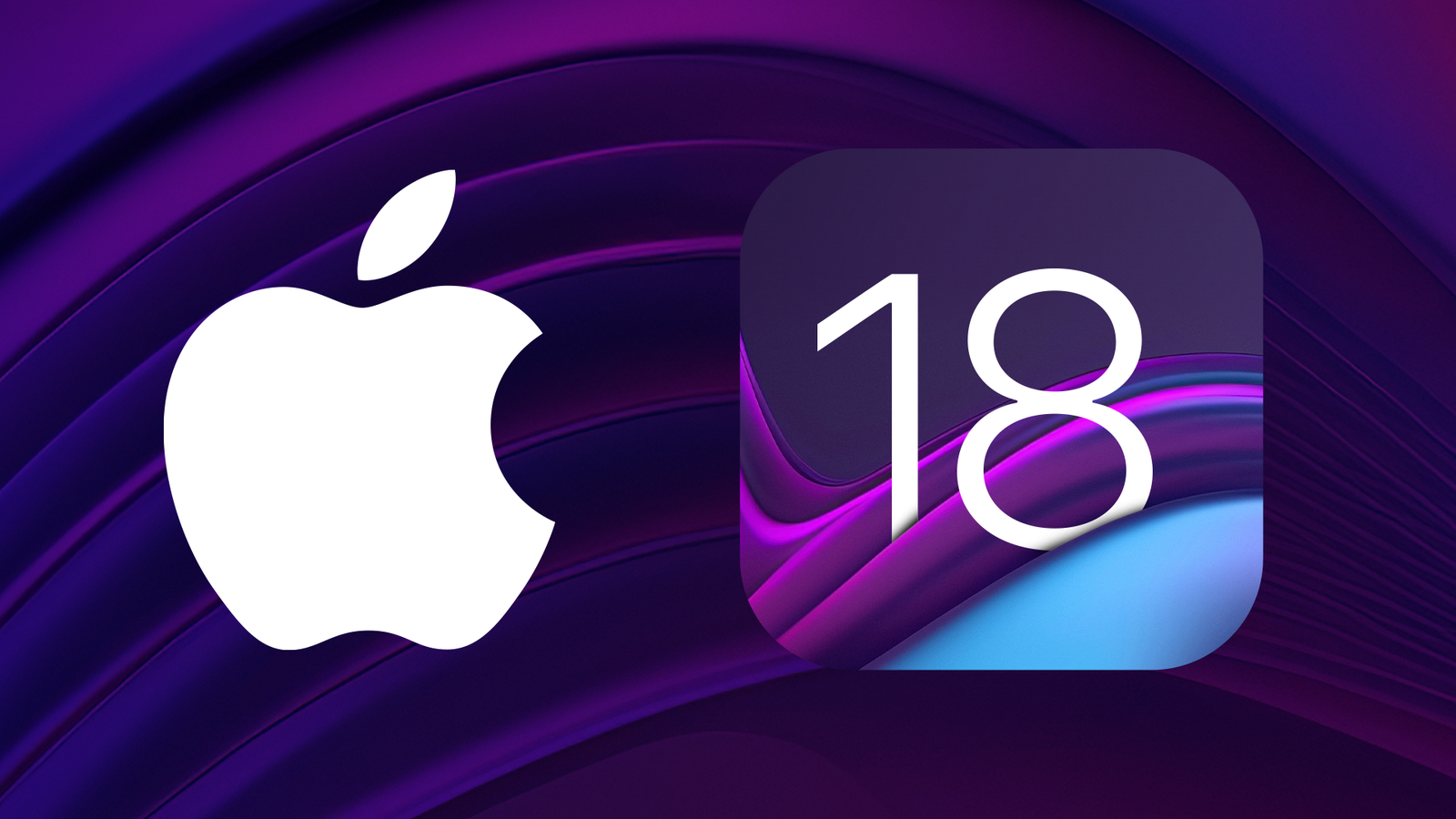The integration of Artificial Intelligence (AI) in hiring and firing practices is increasingly becoming a point of contention among experts, regulators, and the public. With the advancement of AI technologies, companies are finding new ways to streamline their recruitment, evaluation, and employment decision processes. However, this shift towards digitalization is not without its critics and concerns, especially regarding privacy, bias, discrimination, and the lack of a human touch in critical decision-making processes.
A significant portion of the American public expresses skepticism towards the use of AI in employment decisions. According to a Pew Research Center survey, about two-thirds of U.S. adults would hesitate to apply for a job where AI is used to make hiring decisions, citing a lack of human interaction and potential biases as primary concerns. This sentiment is mirrored in the opposition to the use of face recognition technology for monitoring employees, where a substantial majority reject its use for analyzing facial expressions or tracking break times.
Legal frameworks and regulatory bodies are beginning to respond to these concerns. The Equal Employment Opportunity Commission (EEOC) has prioritized AI-related employment discrimination, issuing guidance and taking legal action against employers who misuse AI in ways that potentially discriminate. Local jurisdictions, like New York City, and states, including Illinois and Maryland, have enacted laws to regulate the use of AI in hiring, requiring bias audits, consent for the use of certain technologies, and transparency about their use.
On the flip side, proponents of AI in recruitment highlight its potential to reduce unconscious bias and improve efficiency in the hiring process. AI-driven tools can support objectivity by focusing on skills and qualifications without being swayed by demographic indicators such as name, gender, age, or education. Moreover, predictive analytics can aid in identifying candidates who are more likely to succeed, enhancing the overall quality of hires.
Yet, the legal landscape surrounding the use of AI in employment decisions underscores the complexity of balancing innovation with fairness and equality. The EEOC’s guidelines, although rooted in legislation from the 1970s, remain relevant, stipulating that AI-driven decision-making tools must not result in disparate impacts on protected groups. Employers are encouraged to ensure that their AI tools do not unlawly discriminate against applicants or employees based on race, color, religion, sex, or national origin.
The EEOC’s Artificial Intelligence and Algorithmic Fairness Initiative further exemplifies the efforts to ensure that emerging technologies comply with federal civil rights laws. This initiative is a step towards addressing potential discrimination that AI systems might introduce into the workplace.
As AI technologies evolve and become more ingrained in employment practices, the debate over their benefits and drawbacks continues. The push for greater regulation and oversight indicates a collective acknowledgment of the potential risks AI poses to fairness and equality in the workplace. Employers, regulators, and AI developers must navigate these challenges carefully, ensuring that technological advancements contribute positively to the job market without compromising ethical standards or legal protections.



















Add Comment